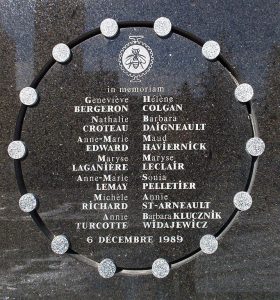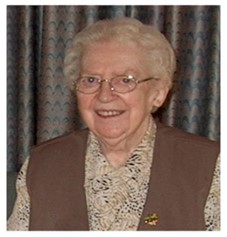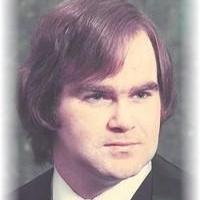The first session of “Reflections on the Synod Assembly 2023” took place on December 6th. The first session offered information about the Synod Assembly as a whole and sharing from each of the UISG Synod Delegates about different aspects of the experience.
The five UISG presenters were: Mary Barron, OLA – UISG President, Patricia Murray, IBVM – Executive Secretary, UISG, Elizabeth Mary Davis, rsm , Elysée Izerimana, Op.sdn and Maria Nirmalini, a.c
Sister Elizabeth is introduced at 1:15:36 and her presentation is from 1:16: 26 until 1:27:56
La primera sesión de “Reflexiones sobre la Asamblea del Sínodo 2023” tuvo lugar el 6 de diciembre. La primera sesión ofreció información sobre la Asamblea Sinodal en su conjunto y el intercambio de cada uno de los Delegados Sinodales de la UISG sobre diferentes aspectos de la experiencia.
Los cinco ponentes de la UISG fueron: Mary Barron, OLA – Presidenta de UISG, Patricia Murray, IBVM – Secretaria Ejecutiva de UISG, Elizabeth Mary Davis, rsm , Elysée Izerimana, Op.sdn y Maria Nirmalini, a.c
La Hermana Elizabeth es presentada en 1:15:36 y su presentación va desde 1:16: 26 hasta 1:27:56



 More than five women or girls are killed every hour by someone in their own family.
More than five women or girls are killed every hour by someone in their own family.
